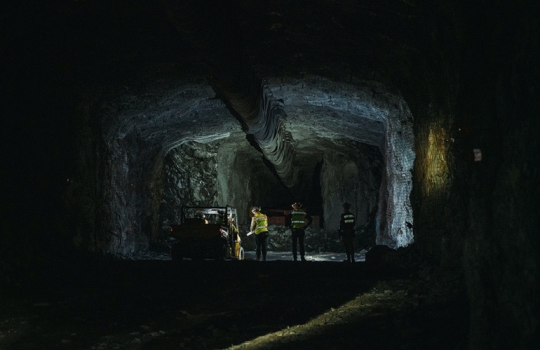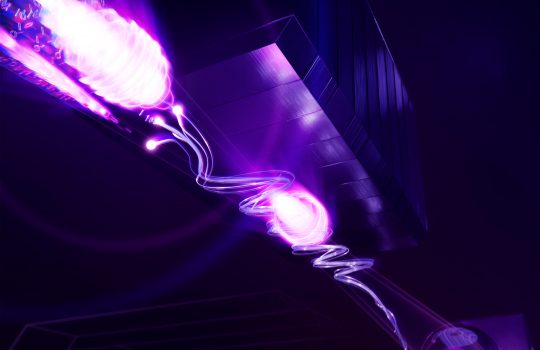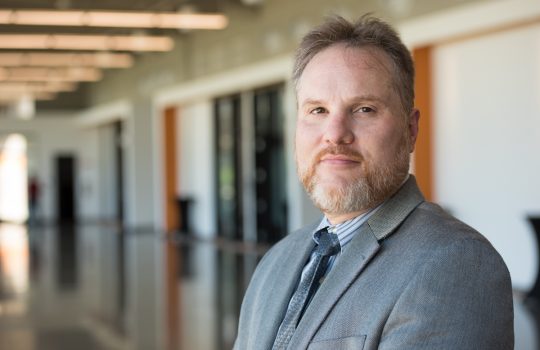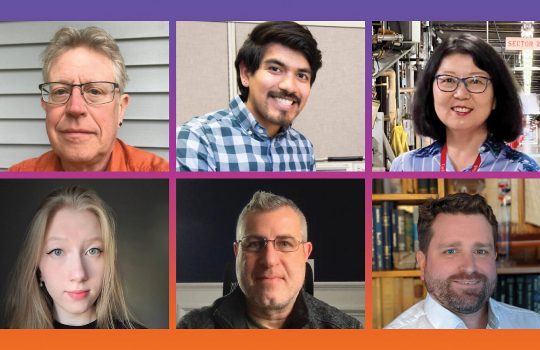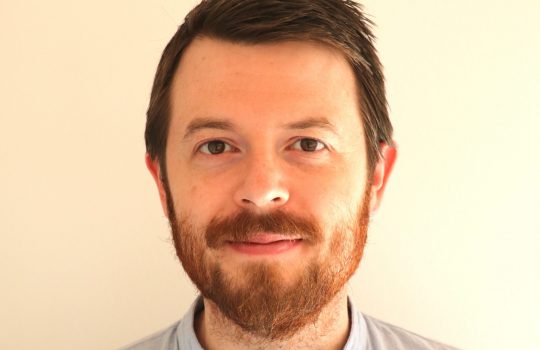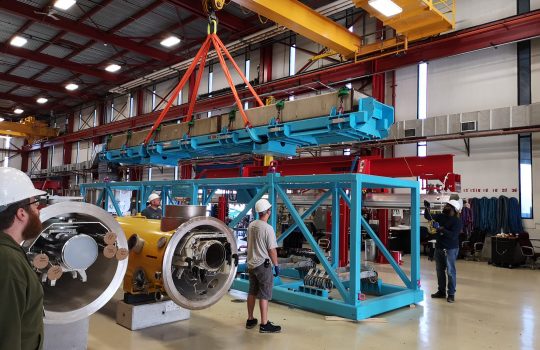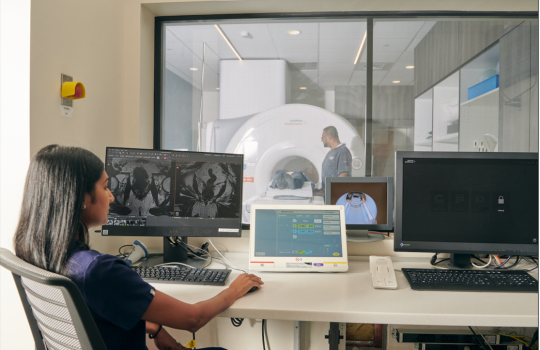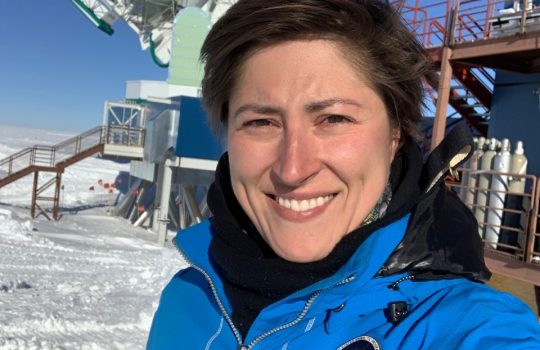Excavation of huge caverns for DUNE particle detector is underway
Excavation of the large caverns for the Long-Baseline Neutrino Facility is in full swing. Over a third of the whopping 800,000 tons that need to be extracted from a mile underground have been removed. When finished, the underground facility will cover an area about the size of eight soccer fields and provide space for the international Deep Underground Neutrino Experiment.

